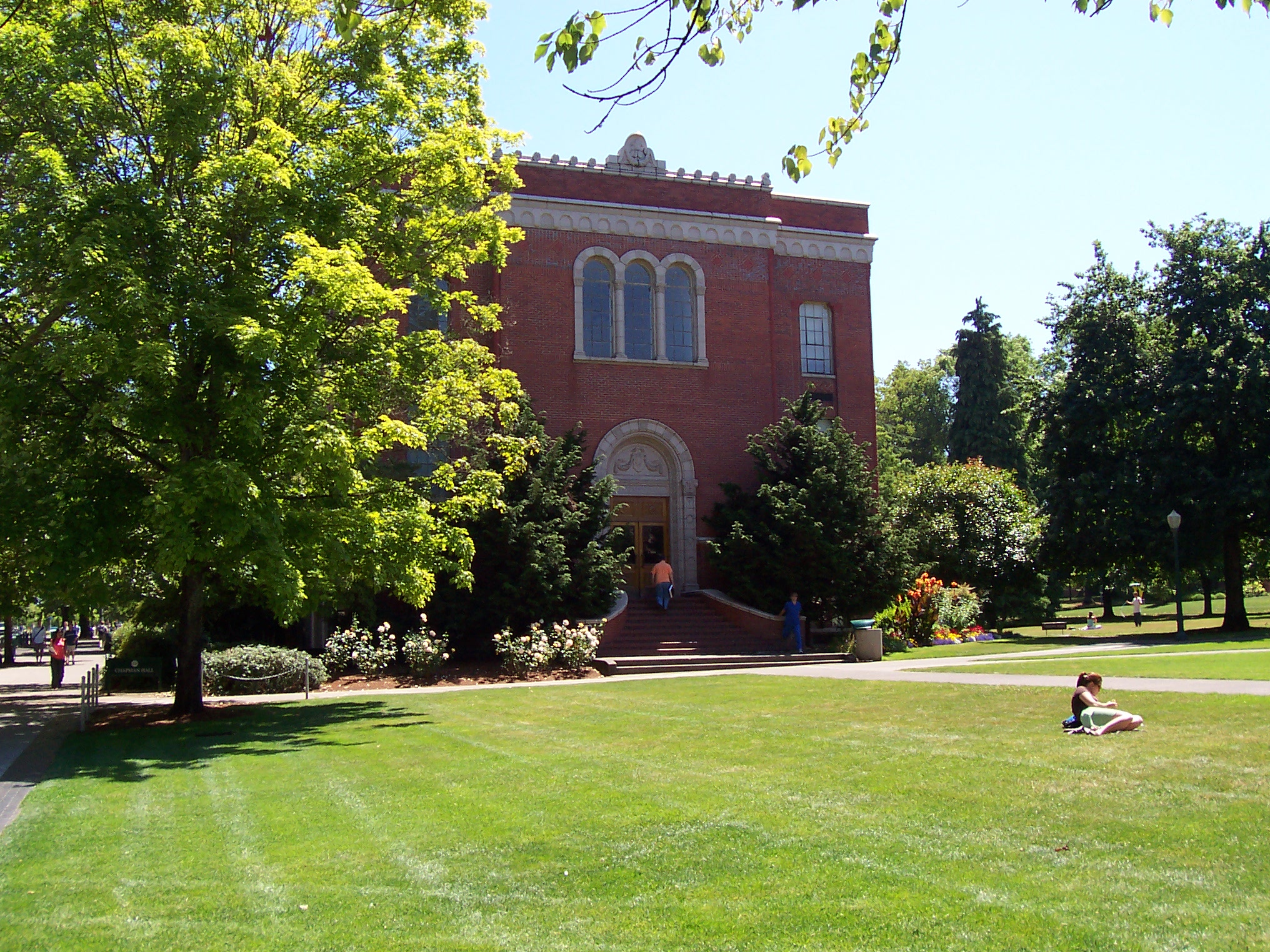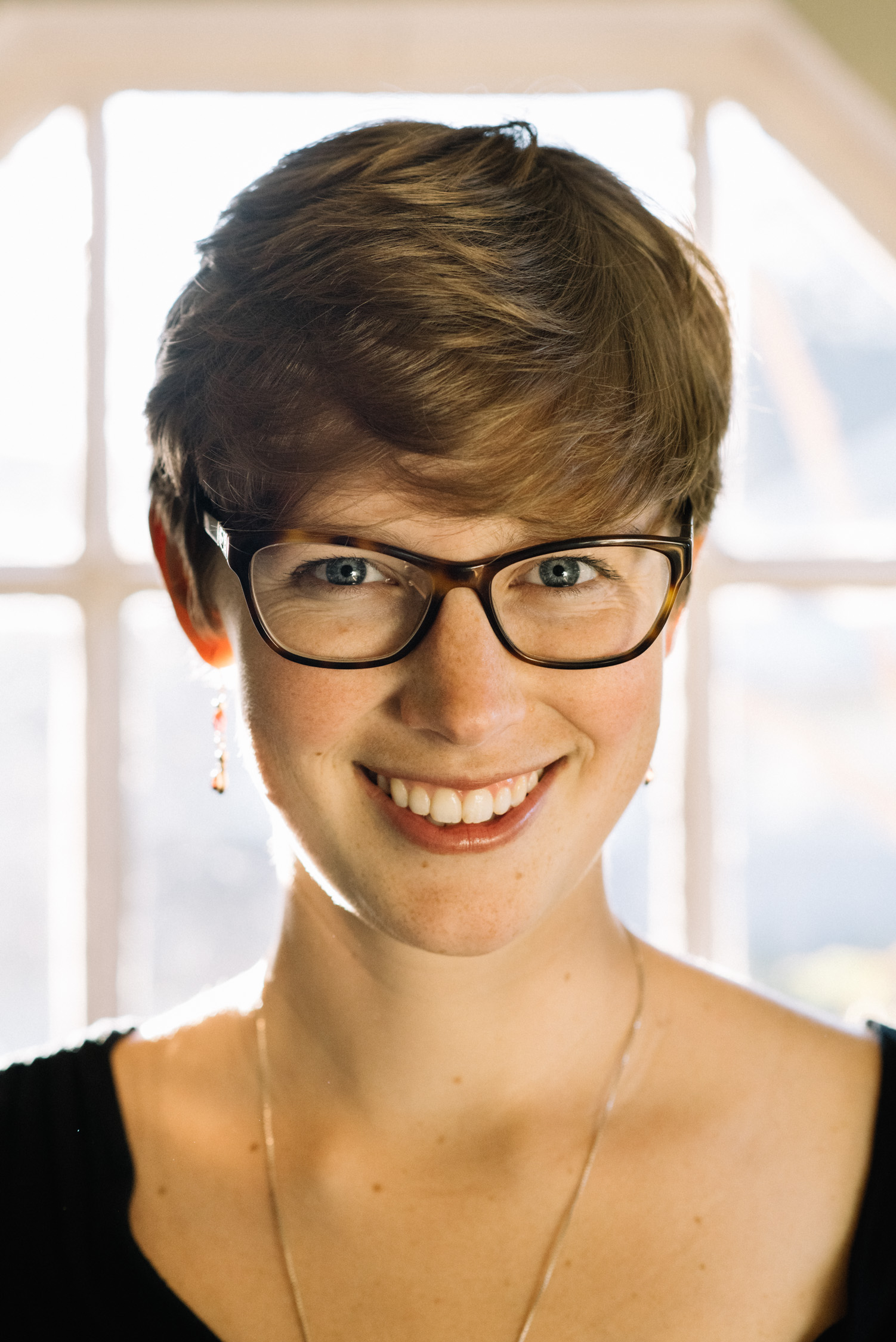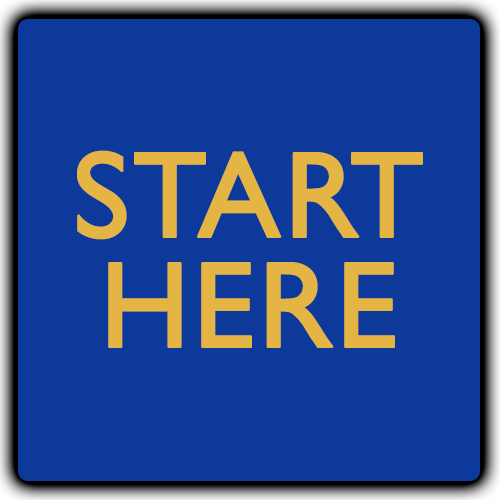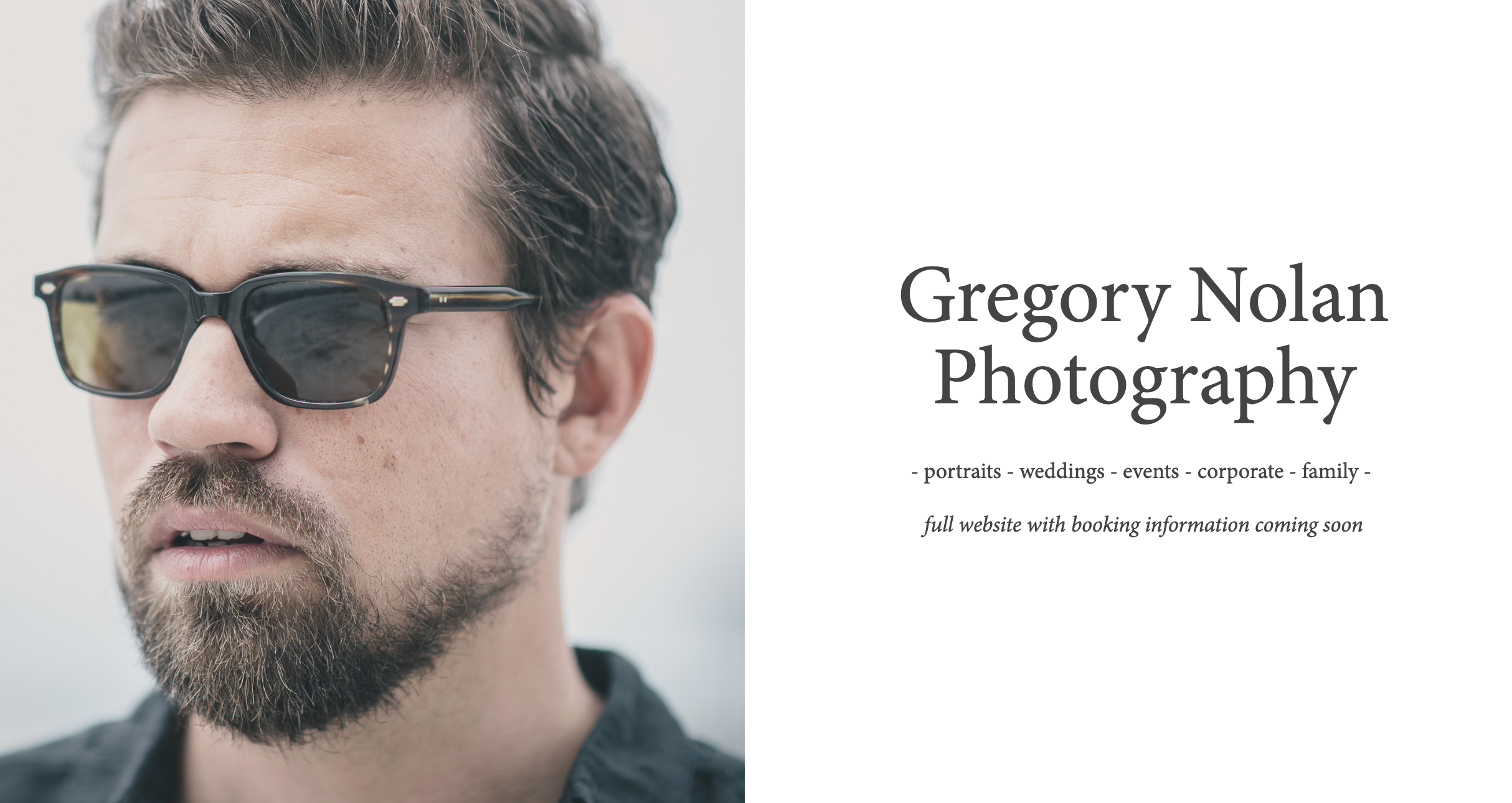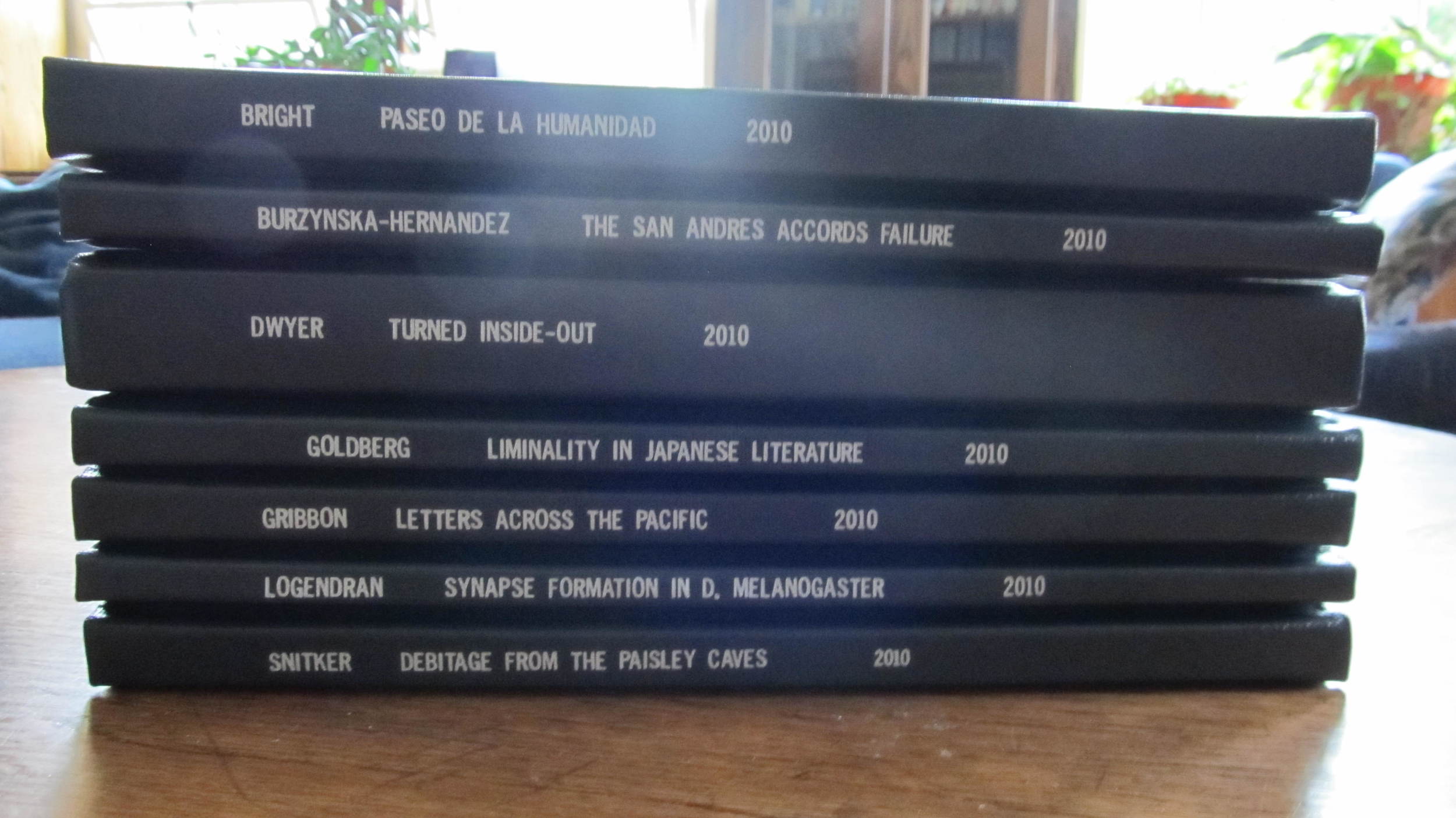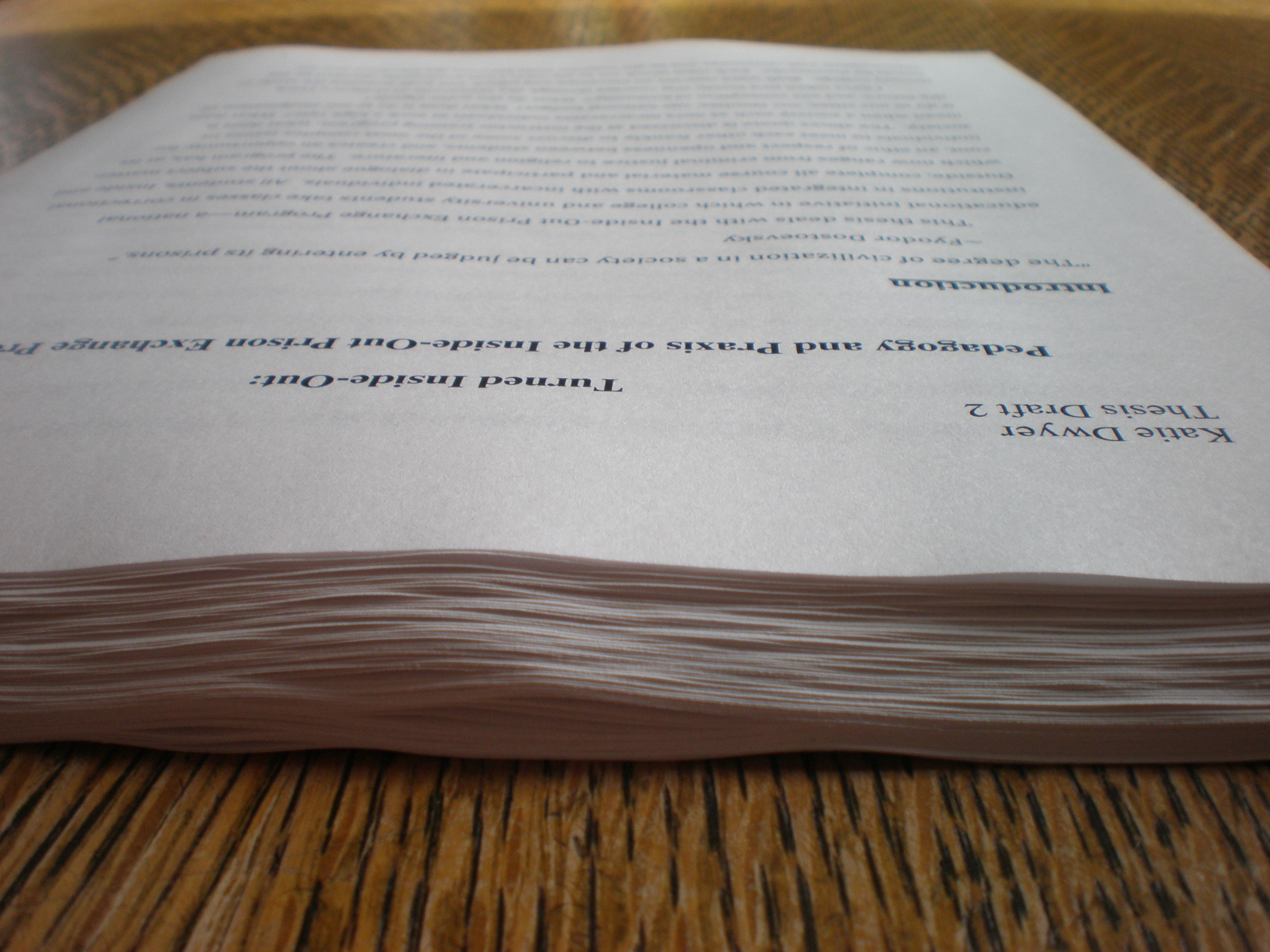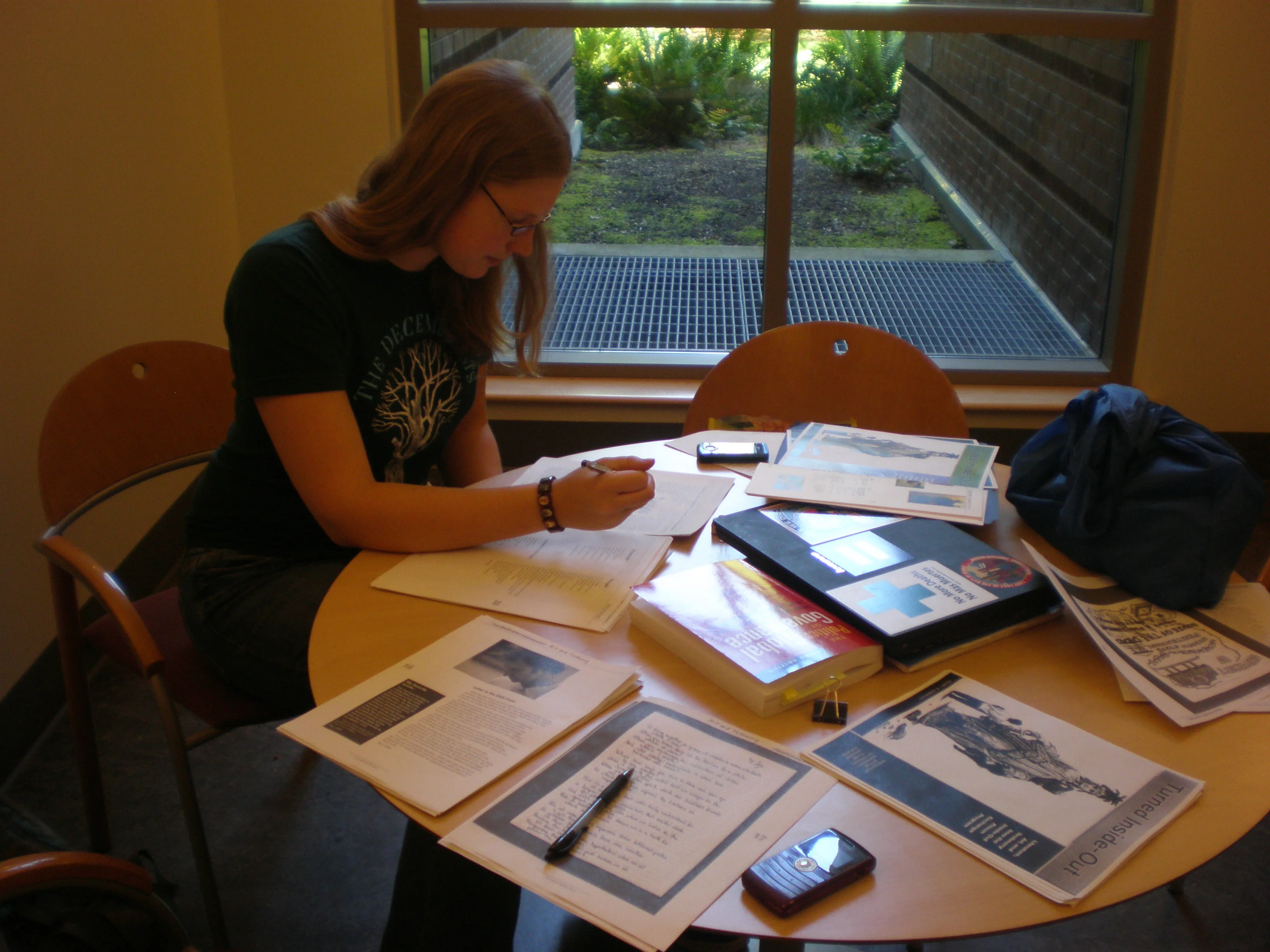Writing the Personal Statement
/Writing your personal statement...like a wish list, only with a lot more to worry about.
The personal statement can be the hardest part of an application process. Whether it’s for a job or for continuing education, the personal statement is the part of the application that allows you to share your actual personality, thoughts, and journey in a narrative way. You get the chance to explain your experiences and passions in a way that will represent you as a person. It’s a huge opportunity.
And, for most people, the personal statement is a source of anxiety and (sometimes) near-despair.
Most of us spend a considerable part of our lives “curating” our images for the world. We take selfies for instagram and articles to share on facebook. We tell our friends—and the broader world—who we are in these very specific and careful ways, mostly using the words of others, and always with the benefit of slowly passing time.
When it comes down to telling the story in a structured, high-pressure environment, the story gets way more complicated.
Start early
Leave yourself lots of time when writing a personal statement. You want to be able to write and re-write several drafts, and to budget mental space and extra days to really think this thing through.
Maintain an up-to-date CV
If someone asks you for a resume tomorrow, how long would it take you to get back to them? You should try hard to always have an updated CV saved on your computer. It should have everything clearly laid out.
The CVs you actually hand in rarely include all of your experience. Applications are about the future, not about the past. You use your experience to build the case for your chosen future.
Having an up-to-date CV will help you immediately pick out the relevant experiences for a personal statement. For your personal statement, you do not want to re-list the things you have done in the past—rather, you want to use it to build a narrative. Your CV explains “what,” and your statement shares “why” and “what was learned.” But the resume supplies the building blocks. Always keep it up to date, and begin there.
Ask for help
Find an advisor, mentor, or peer to help you. Preferably, find one mentor in your area of study who can help you shape the broad outlines of your statement. Then find a peer to help you edit.
Find examples
DO NOT COPY from anyone else’s personal statement. Aside from being unethical and bringing the very-real risk of being caught, it is also cheating everyone in the situation out of the chance to be recognized for who they are. Including you. You want to be chosen on your own merit. So you want to make use of examples not to get ideas for the content of your personal statement, but rather for the style and tone of a successful personal statement. Ask your department if they have examples of successful scholarship or fellowship applications. How formal should you be? How vulnerable? How rooted in facts vs. creative with constructing a narrative?
Look over other people’s statements and get a feel for how you want yours to look and sound. Get an idea for a “right way” to do it, and then begin to think about how you’ll inject your unique history and personality into the process.
Research
A significant goal of a personal statement is making clear why you are a good fit for the position or organization you are applying for. To argue your case, you need detailed information. Learn about recent recipients of the scholarship. Research the evolution of the position and its scope.
Armed with the examples you’ve read of other people’s successful personal statements, cast a critical eye over the requirements and context of the position you’re applying for. Begin to ask yourself “do I really fit?” “Why?”
Then begin the process of proving you are the right person.
Pre-Writing
I’ve written before that I hate outlines. Indeed, when I’m working on a personal statement, I write a draft before I outline anything. Regardless of what exactly your pre-writing looks like, make a few passes at laying out the structure and details of your statement. Whether this is a point-by-point outline or a few test paragraphs, get some options down on paper.
Personal statements leave you limited space for storytelling and creativity. You need to make an impression quickly. Think through the main points you want to make, and the best possible stories you can use to build your narrative.
Spend a couple of days thinking through your options. Go back over your CV. Think out a couple of angles.
Then ask for feedback. See which version feels the best, and what resonates with mentors and peers.
Think like your biggest fan
When I was applying for the Mitchell Scholarship, I got completely stuck on the personal statement. I couldn’t figure out how to frame it, or if I really deserved to receive it. I got stuck in a funk of self-doubt and inaction. Then one of my personal heroes agreed to recommend me for the scholarship, if (and this was the catch) I would send her a draft description of myself in third person, explaining why I was a good fit.
I knew that this person liked and respected me. I knew she wanted me to receive the scholarship. So I launched into the writing through someone else’s eyes. My inhibitions fell away, and I wrote that draft in a single sitting. I knew what of my CV was relevant to her, and why I was a good candidate in her eyes.
After that, I had no problem writing my personal statement.
Since then, I always approach these kinds of projects as though I am an amalgamation of my mentor and my mother. What would the people who best know my abilities and aspirations say about me and my abilities?
Inhabiting another’s positive opinion of me frees my writing. Think of how your biggest fan would describe you for this personal statement. Believe in their evaluation, and write away.
Edit, edit, edit
Once you have a draft, edit it. Multiple times. Ask a friend for peer editing services (ideally, ask two or three).
Good luck! I hope this process launches you on a fabulous next adventure.
If you enjoyed this post, check out "Inventing an Internship" and "Letters of Recommendation: Better Know a Professor."
